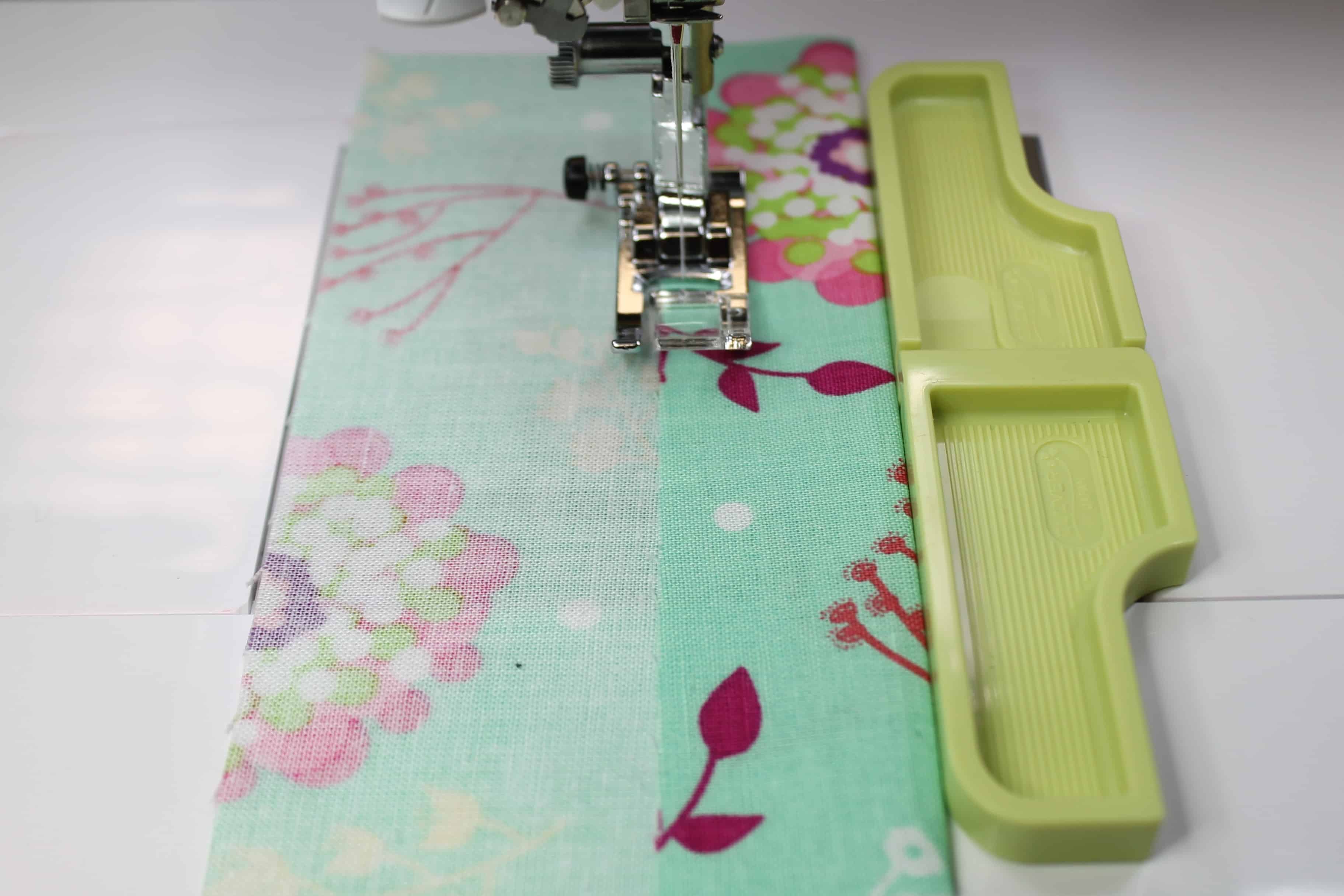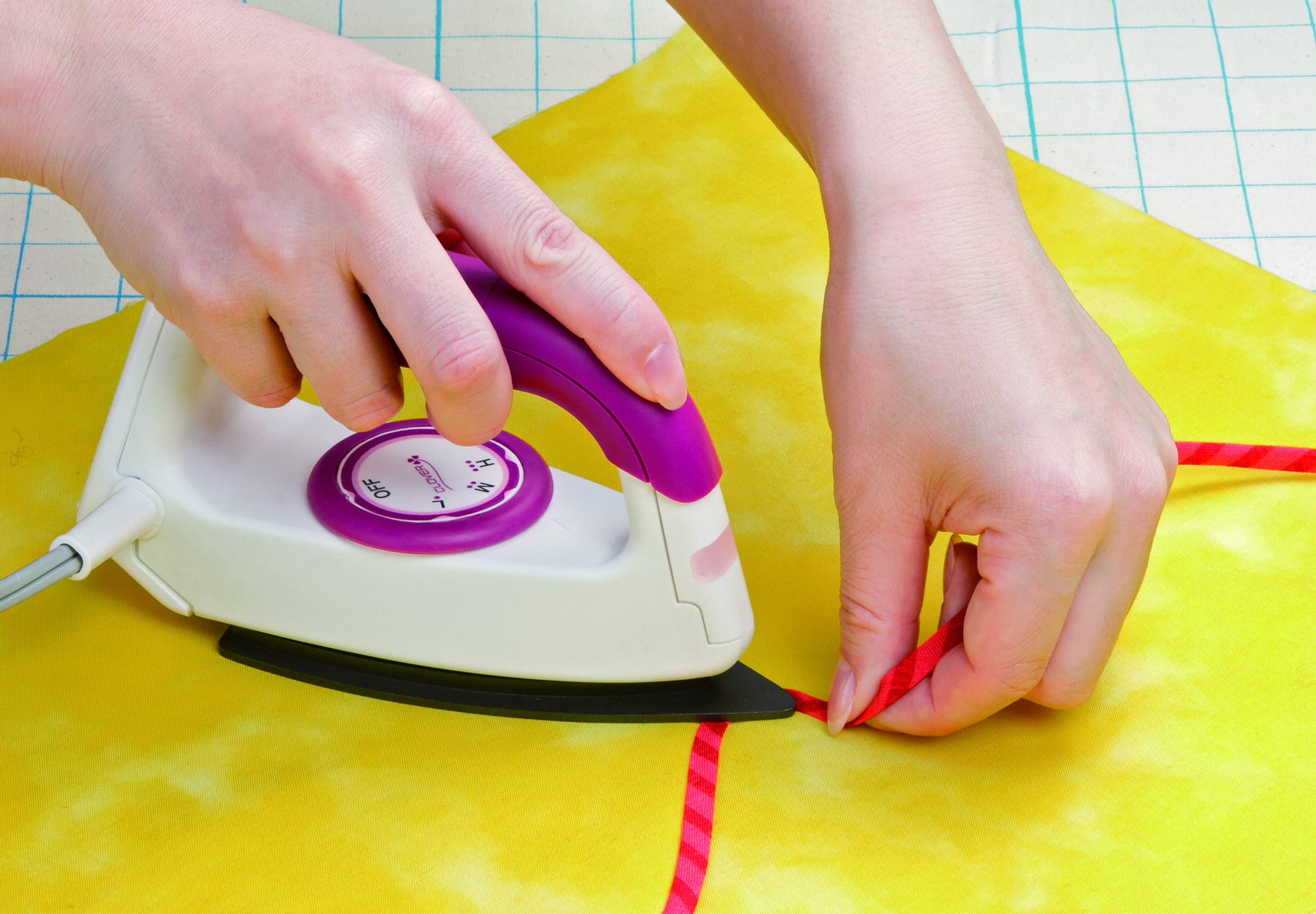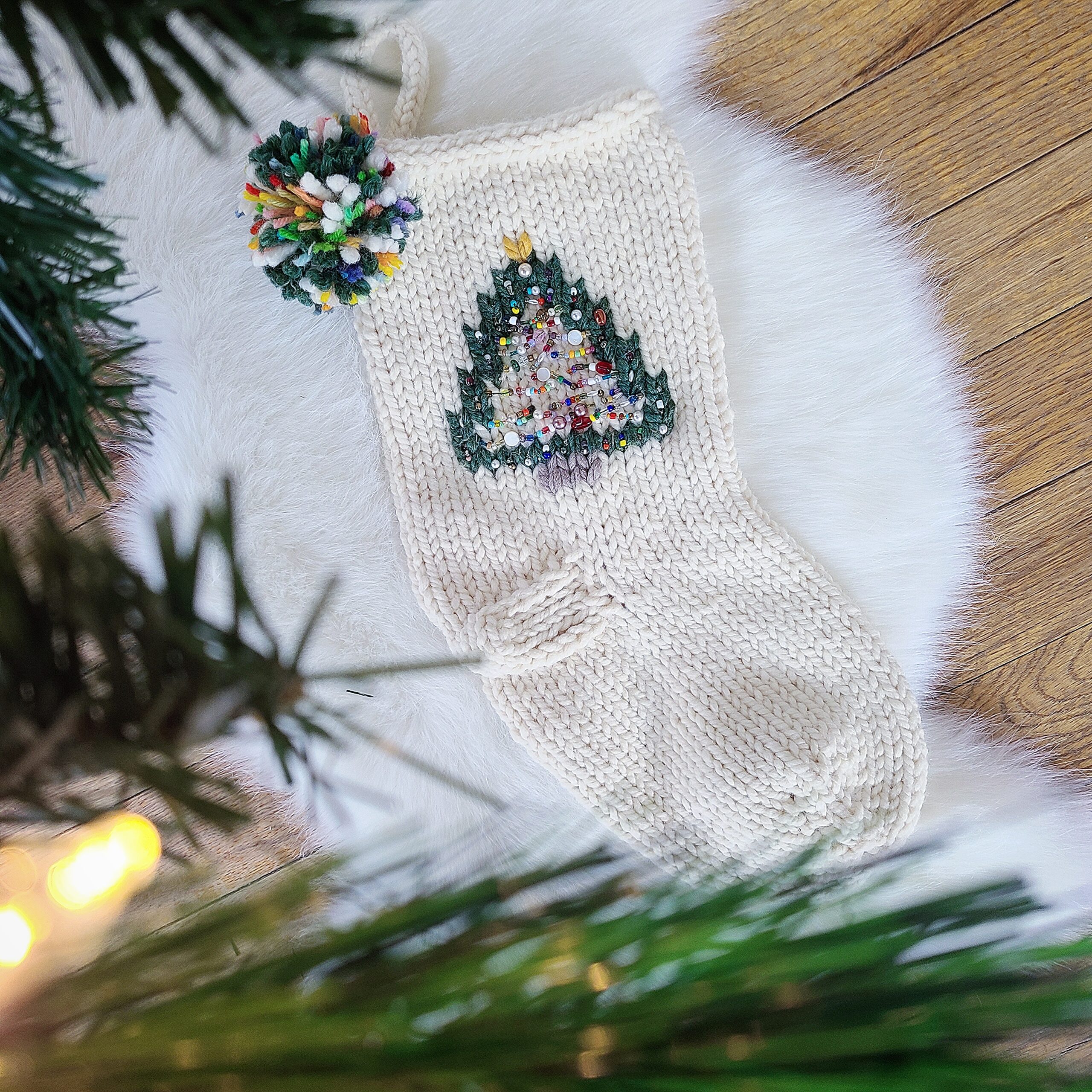Tool School: Loop Pressing Bars

By Steve Butler
What is it?
Quilting, fashion, home decor and all of the accessories relating to each – all of us do some of it and some of us do all of it. At the end of the day, though, we’re all doing the same thing. We’re creating. Our pallet is an inexhaustible array of designer fabrics and our canvas is an equally extensive selection of patterns. But how about the accents? You know, those things that add the personality to our project. They may provide either color or form or function or all three. In many cases they center around the application of fabric tubes most often cut on the bias so they can take any shape we want to impose. Flower stems, Stained Glass or Celtic designs appliquéd on quilts. Bindings for quilts (can’t do the binding on a Double Wedding Ring without bias binding tape), fashion and home decor. Straps for fashion and lingerie. Button loops for bags and dress making and fashion accessories. And the best part is we can make these bias fabric tubes with the complimenting fabric we chose and in the size and quantities we want. This ability takes us from creative anxiety to anxious creativity. We just can’t wait to test the bounds of our imagination. And there may be none. But how hard is it to make these bias strips? You know, to really make them well so we’re proud of them. Easy peasy. Trust me. To help us achieve this level of creative potential, Clover has produced a set of Loop Pressing Bars. With these little gems we can produce bias fabric tubes in any color and length we desire. And it’s easy, truly.

Loop Pressing Bar
Art. No 4052
What does it do?
Simply put Clover’s Loop Pressing Bars allow us to create more than professional looking bias fabric tubes using any fabric we desire and we can do it in different sizes to meet our differing needs. Here’s how.
Process
Clover’s Loop Pressing Bars are provided in a set of five sizes, 6mm (1/4″), 9mm (5/16″), 12mm (1/2″), 15mm (9/16″), 18mm (11/16). Select the size fabric loop desired and then cut your fabric on the bias in a size twice the width of the Pressing Bar plus two 1/4″ seam allowances. For example, if we wanted a 1/2″ fabric tube we’d cut our fabric 1″ plus 1/2″ for the two seam allowances. We can then proceed to our sewing machine and, with the wrong sides together (I know, it’s weird and counter intuitive) sew our 1/4″ seam allowance. Now we simply insert our Loop Pressing Bar into the tube, trim the seam allowance and manipulate the seam to the center of the bar and iron the tube smooth. This can be done on the bar or, if we have a particularly long tube, on a separate pressing surface as we pull it off the bar. In the process the pressing bars may become warm but will not be too hot to touch. Now we’ve produced the perfect fabric bias tube for our project. All that’s left to do is attach it to your project and prepare to accept compliments for your amazing artistry.
Tool School Tip #1
We want our 1/4″ seam is perfectly straight. To ensure this use Clover’s 6-in-1 Stick ‘n Stitch Guide (Art. No 9584) on the needle plate of your sewing machine. We can either set it 1/4″ over and sew the seam measured from the edges of our fabric or we can set the seam guide at the width of our bar/tube width and sew with the fold against the 6-in-1 Stick ‘n Stitch Guide. Either way, we’re getting a perfectly smooth and even seam that will ensure a perfect bias tape width along its entire length. No unintended and unwanted waves.

Tool School Tip #2
All of these bias fabric tubes require close work to press. Clover’s Wedge Iron (Art. No 9200) is extremely easy to manipulate and has a very precise point that makes it perfect for detail work. In any case, always make sure you’ve secured the steam function of any iron you intend to use. Don’t want any steam burns on fingers held necessarily close to the action. 
Tool School Tip #3
The end of each Loop Pressing Bar (Art. No 4052) is designed with a feature that allows you to use it much like an enlarged bodkin. If you’re looking for a more “filled” or trapunto decorative appearance to your appliqué, simply attach your cording/stuffing material to that end and pull through.

How do I share it?
When most people see complicated projects using bias strips (think Celtic quilt appliqué) they quite naturally assume it is not only difficult but perhaps it is too difficult. It isn’t. A few classes implementing appliqué for stems or Celtic designs and using Clover’s Loop Pressing Bars will convince them otherwise. An amazing sample or two in the shop will bring them in. Set up a demo board in your shop so everyone can see how it’s done. Understanding the concept imbues confidence. Attractive bias strips are the icing on the cake. It’s the accent that adds the pop to all of our projects.
Watch Tool School here:
Sign up for Tool School, our bi-monthly e-newsletter.
Visit our Tool School website!
Tell us what you think on Facebook | Twitter | Instagram | Pinterest.


